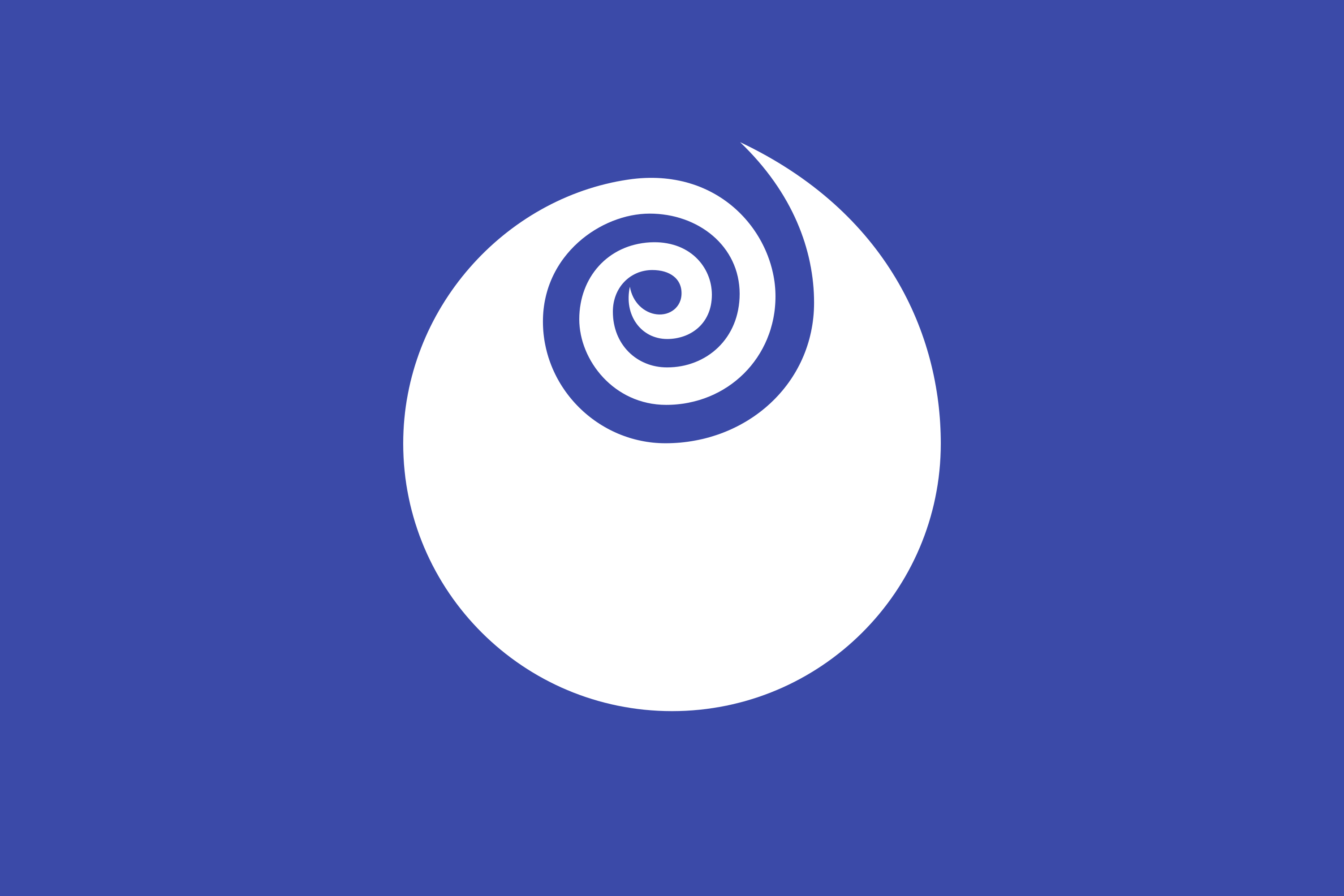


Prefecture flag
Main City: Mito
Population: 2,852,000 people, ranking 11/47 prefectures (2021)
Area: 6,095.58 km²
Geographical / Landscape description
The northern part to the north-western part is mountainous. Rivers run through an area of flat land in a basin. The Yamizo Mountains start with Mount Yamizo, the highest mountain in the prefecture (1,022 m) located at the border in the northwest, and the range stretches south going through the border with Tochigi Prefecture as far as Mount Kaba and Mount Tsukuba. The main features in the south-eastern part are the second largest lake in Japan, Kasumigaura, and another lake called Kitaura. There is a 190 km-long coastline in the eastern part.
Climate
Temperatures vary from north to south across Ibaraki prefecture although average winter temperatures remain above freezing everywhere in Ibaraki. Rainfall can be heavy across the prefecture but tends to be heaviest along the coast and in the mountainous north.
Recent history, culture
Ibaraki is known in Japan for its natto, or fermented soybeans and chestnuts; worldwide, Ibaraki is where the martial art of Aikido founded by Ueshiba Morihei, also known as Osensei, is born.
The capital Mito is home to Kairakuen, one of Japan's three most celebrated gardens, which is famous for having more than 3000 Japanese plum trees of over 100 varieties.
More chapters:
The EU-Japan Centre currently produces 5 newsletters :









